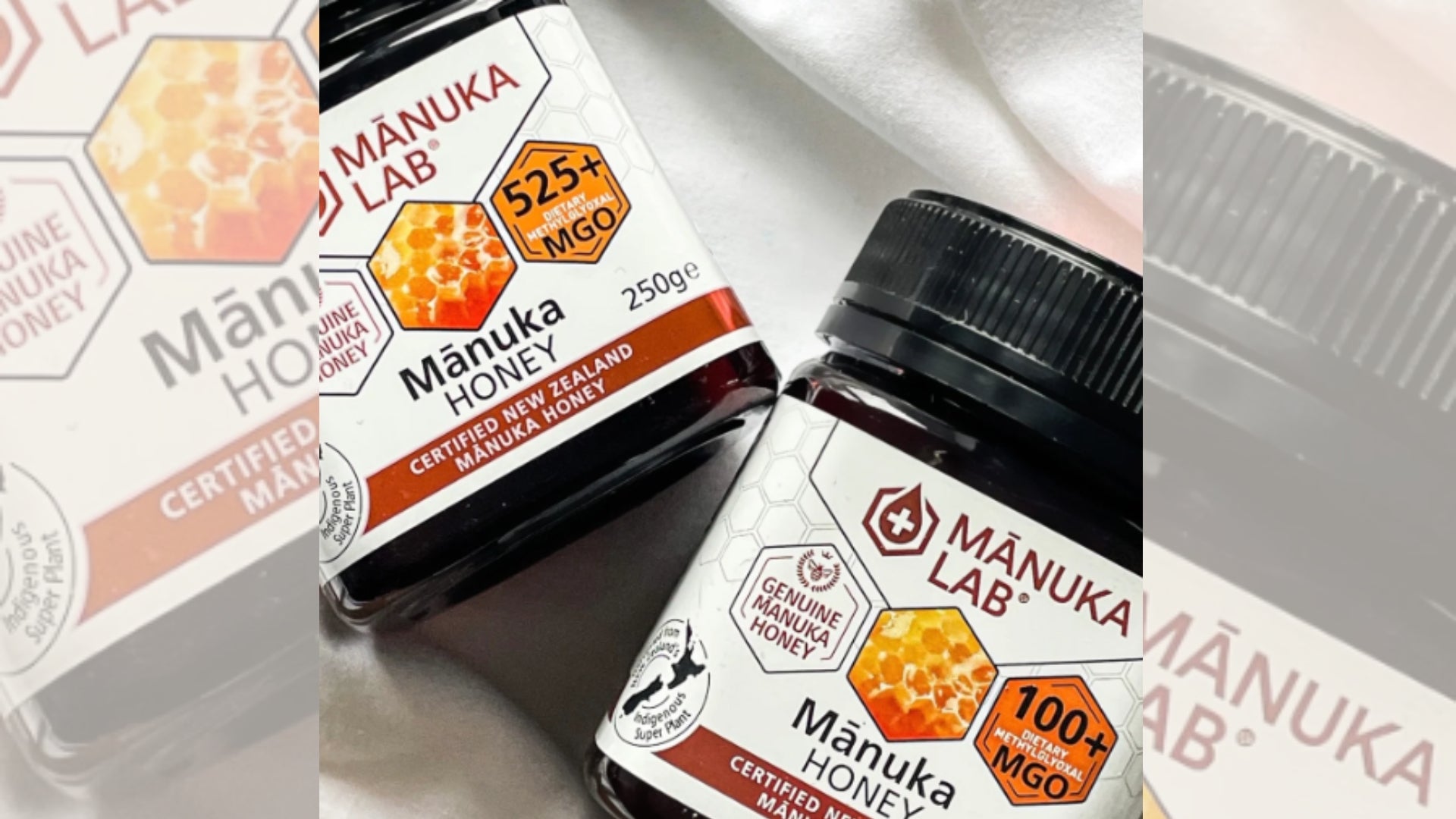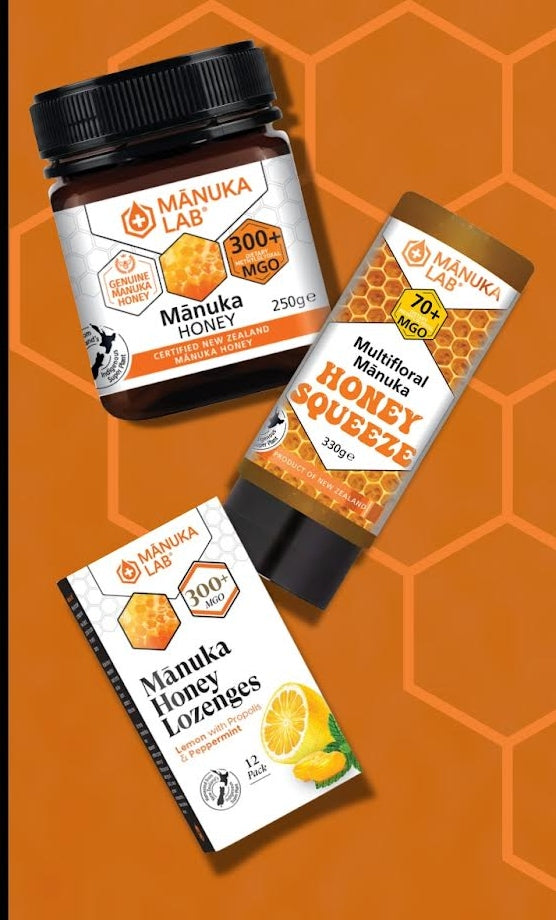

Since 1392, Manuka honey has been used to heal wounds and promote health. A New Zealand doctor discovered Manuka honey's healing abilities in the late 1900s. To disinfect wounds, they used honey, which contains hydrogen peroxide. While some types of honey lose peroxides activity outside the hive, Manuka honey doesn't break down, making it effective against MRSA and Staphylococcus aureus.
How to Select the Most Beneficial Manuka Honey?
Manuka honey is obviously unique compared to the standard variety of honey. Therefore, it is vital to look for substances like:
Methylglyoxal (MGO): It is an anti-bacterial ingredient in Manuka honey that has been proven to be effective in treating wounds, easing throat pain, and protecting teeth from decay.
Dihydroxyacetone (DHA): Manuka honey supplements may still list dihydroxyacetone (DHA) despite the fact that it is converted to methylglyoxal (MGO) during the honey-making process.
Leptosperin: The presence of leptosperin, a naturally occurring molecule only found in Manuka honey and a few near relatives, is a good indicator of the genuineness of a Manuka honey product.
Buying only certified original Manuka honey from New Zealand, packed in New Zealand will guarantee the presence of these ingredients. Manuka Lab products are produced and packed in a factory with UMF graded products, the highest quality. Our New Zealand Manuka honey is guaranteed to be authentic.
Manuka honey products can be rated according to the percentage of active chemicals that make up the honey. As per these classifications, the claim that the honey inside is genuine Manuka is mentioned on the label.
Numbers representing the concentrations of DHA, MGO, and Leptosperin constitute the second quality tier. If the rating is higher, the product is of higher quality. Selecting a product with a MGO rating of 300 is preferable, as this is also the grade used in medical devices.
Bee pollen and the origin of the Manuka plant can both be identified in laboratory settings, however it is the level of MGO which is important to understand if this is Multifloral or Monofloral Manuka honey.
A high concentration of the naturally occurring chemical methylglyoxal (MGO), is an indicator of good anti-bacterial activity. Extremely high anti-bacterial activity is indicated by an MGO level of 550+ to 850+.
Various Types of Manuka Honey
The Manuka bush is native to New Zealand. Its anti-inflammatory effects and other nutrients, such as bee pollen, are best preserved by selecting a raw, unpasteurised product. The bush which grows in New Zealand is Leptrospermum Scoparium.
Australia is a source for some things as well. It has several types of Leptospermum plants, the most predominant type of plant in Australia is Leptospermum Polygalifolium. Australia is naturally warmer than New Zealand, the difference in the Leptospermum plant family and the temperature means the Manuka Honey from Australia will not be the same taste or texture or comply to the same regulations as New Zealand Manuka Honey.
Benefits of Manuka Honey
Manuka honey's anti-bacterial characteristics have made it famous for its role in speeding up the healing process after a wound. In addition to helping with inflammation, the anti-bacterial qualities of this honey make it a potent immune system booster, alongside a healthy diet.
Manuka honey has proven to inhibit bacterial development, speed up the healing of wounds, and improve tissue regeneration in a study published in 2017. Manuka honey is useful for sore throats because it coats the throat, soothes it, and kills the germs and inflammation that cause the problem.
Why Do You Need To Consume Manuka Honey?
If you are ill quite often or your wounds do not heal properly, you may want to try using Manuka honey. Manuka honey should not be used in place of any prescribed medications, but it can be used in addition to other treatments. Before starting a new supplement regimen, speak with your physician.
If you need a little more help keeping your immune system in good shape, Manuka honey is your natural best bet. Many different brands of Manuka honey exist, but by following the aforementioned guidelines, you can ensure that you choose a high-quality product.
Ergo, the Manuka honey graded MGO, produced and packed in New Zealand. Is the real deal, raw honey, with all its natural golden sweetness. The MGO rating reflects the grade of its potential anti-bacterial properties and how useful it may be for your intended application.



